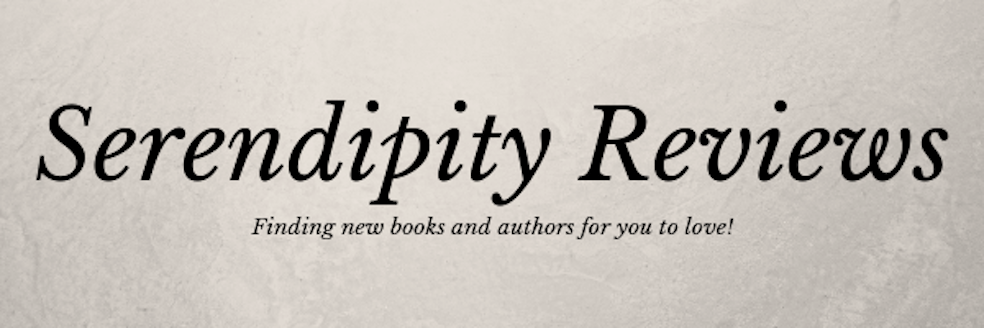![[d4de161b-a12e-41a2-b40f-c7acef572907%255B2%255D.jpg]](http://lh6.ggpht.com/-qfWlOlqEqY8/VNI33xhsneI/AAAAAAAAOrE/AMh3RlKW5gQ/s1600/d4de161b-a12e-41a2-b40f-c7acef572907%25255B2%25255D.jpg)
Another brilliant post for you today on the Art of Rejection, from author Tom Easton. Tom has had over 30 books published under various pseudonyms. He recently published two books with Hot Key Books - Boys Don’t Knit and the sequel An English Boy in New York written under the name of TS Easton.
‘It’s not the despair, I can cope with the despair,’ said John Cleese in Clockwise. ‘It’s the hope I can’t stand.’
Any hopeful author needs to possess three attributes:
1) Patience
2) Dedication
3) A Thick Skin
Talent is useful, but not nearly as crucial as the three attributes above. Arguably, the third of those is the most important. A rhino-tough hide is important not only for dealing with mean-spirited or oddball criticism of one’s published work, but also for dealing with the inevitable rejections. Being rejected is like having a door slammed in your face, and it can happen at any time to any writer.
Writers have to deal with a lot of rejection, and here’s a secret, it doesn’t end when you get that magical email telling you someone’s made an offer on your book. Here’s a list of different types of rejection authors get, both pre- and post-publication:
1) Rejection of your MS by literary agents
2) Rejection of your MS by publishers
3) Rejection of your book by foreign publishers
4) Rejection of your book by supermarkets
5) Rejection of your book by WHS
6) Rejection of your book by Waterstones
7) Rejection of your book by literary award judges
8) Rejection of your book by the book-buying public
9) Rejection of your follow-up book by all of the above.
The fairytale antidote to all this moaning negativity of course is the JK Rowling story. Rejected by dozens of agents and publishers, someone finally took a chance on Harry Potter and the rest is history. Unfortunately it doesn’t work that way for most of us. Even for those of us lucky enough to be published, rejection often still pops up to slam doors in our hopeful faces. This rejection can take unexpectedly cruel forms. For example, after the publication of my 2012 thriller HAV3N, a well-known publisher contacted me, to discuss a possible project. They loved HAV3N, they wanted me to write a book for them. I was very excited. A door had been opened.
I met the editor and we got on well. We tossed around a few ideas and I prepared half a dozen basic concepts for their consideration. One of the concepts they really loved and I started work. I put some other projects on hold, excited by the idea of a forthcoming commission. I wrote a detailed synopsis and a couple of sample chapters. I got into the story and started bringing the characters to life. The publisher was positive about the writing and the characters but had some concerns about the plotline, they weren’t sure how it would all work out at the end of the book. I did some more work on it and clarified and simplified the story, which had seemed quite straightforward to me.
There’s a brilliant sketch by Mitchell and Webb which sums up what happened next. Watch this for an insight into how authors sometimes feel when trying to figure out exactly what a publisher is looking for. Let’s just say that at the time I identified very strongly with David Mitchell’s character in that sketch.
Anyway, after a lot more work, I submitted what I thought the publisher wanted.
Then they went quiet. When publishers go quiet, it’s never good news. Eventually I got the email. ‘Regretfully….concerns about the plot…not a good fit…etc.’ They’d contacted me, remember. They’d chosen the story, remember. Now maybe I’d just done a really, really shocking job and they realised they’d made a mistake. Or possibly they’d just commissioned another, similar sort of book and couldn’t fit mine in after all. But either way it was intensely frustrating. I’d wasted a lot of time and effort on that project. I’d made the mistake of thinking ‘now that I’m published, doors will open everywhere.’
Well doors do open sometimes. And then they close again, without explanation. It goes with the territory. It’s best not to take these things personally and focus on attributes 1 and 2 for a while.
I’ve had other, similar rejections subsequently but they haven’t been so bad. You see I’ve learned not to get my hopes up. I’ve developed a thicker skin.




No comments:
Post a Comment
Hiya, thanks for stopping by, it is always nice to hear what you have to say, so do leave a comment if you have time.